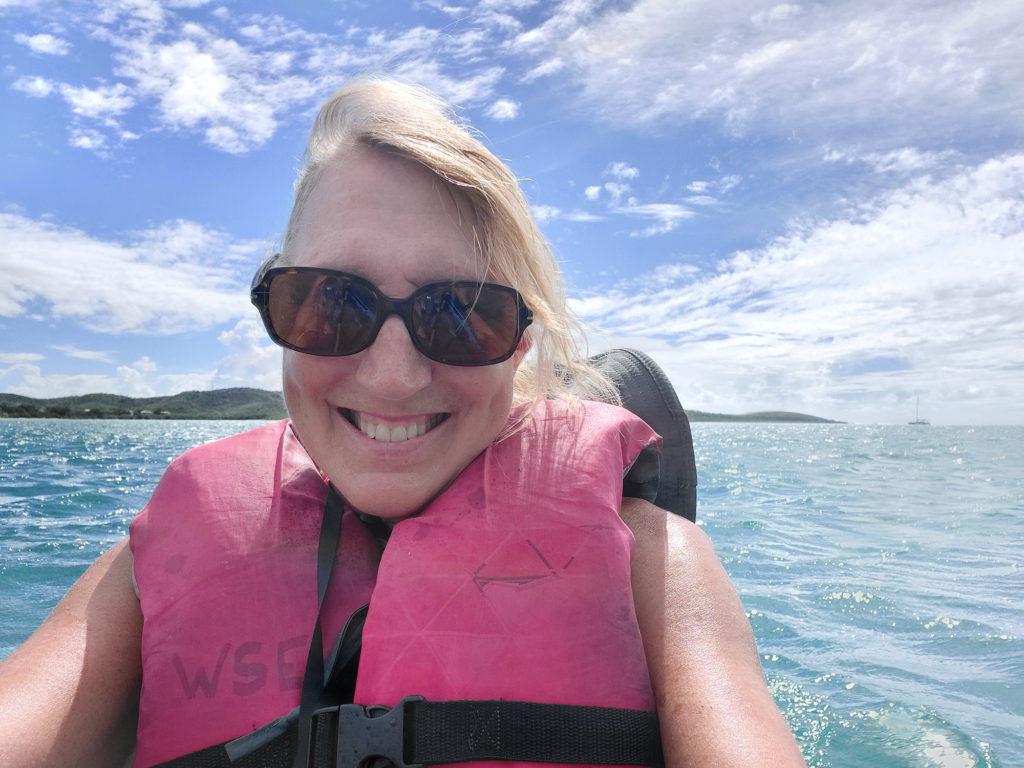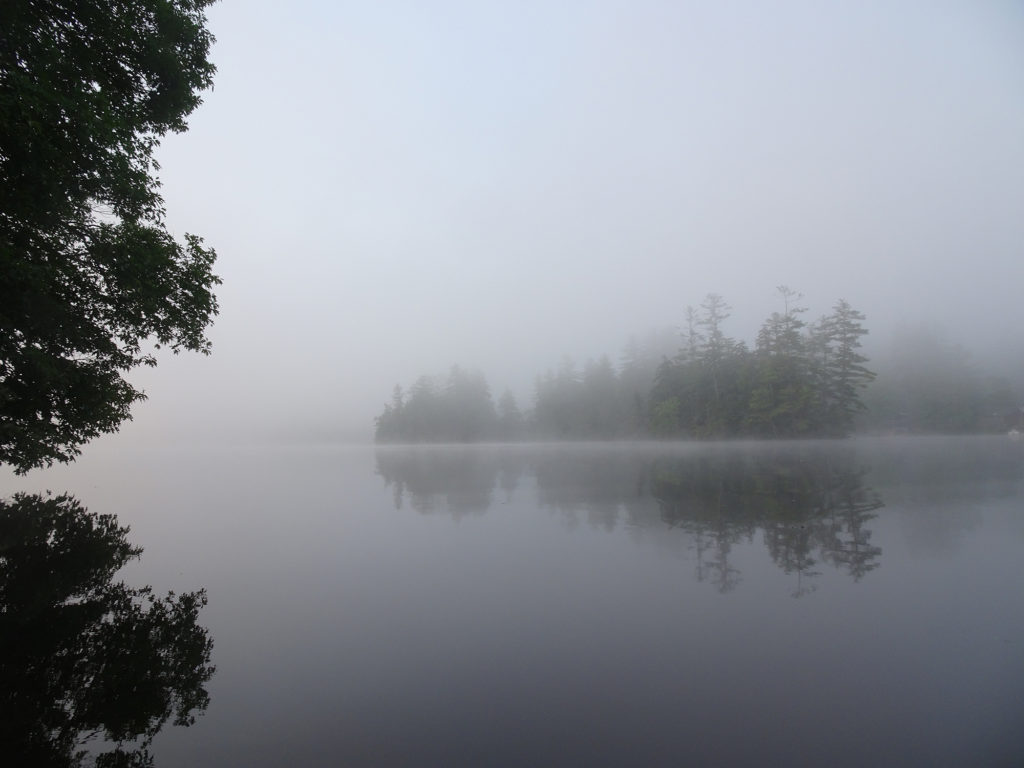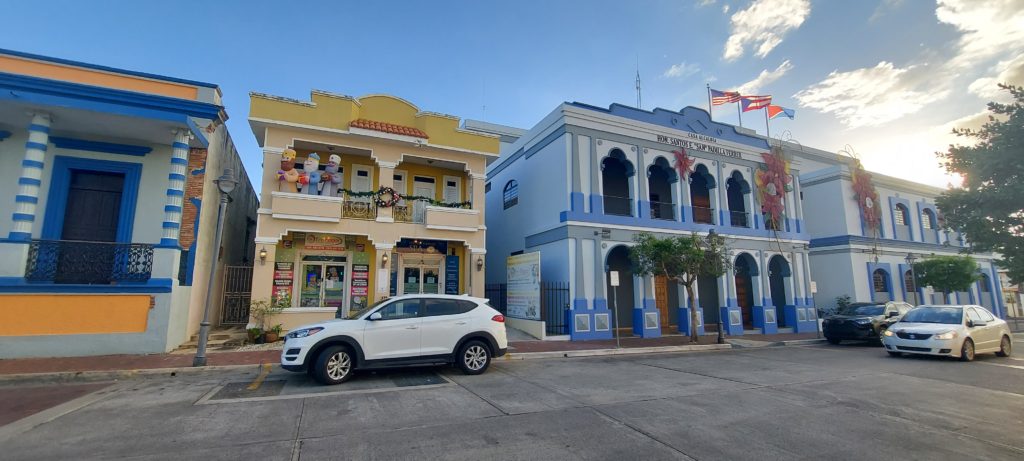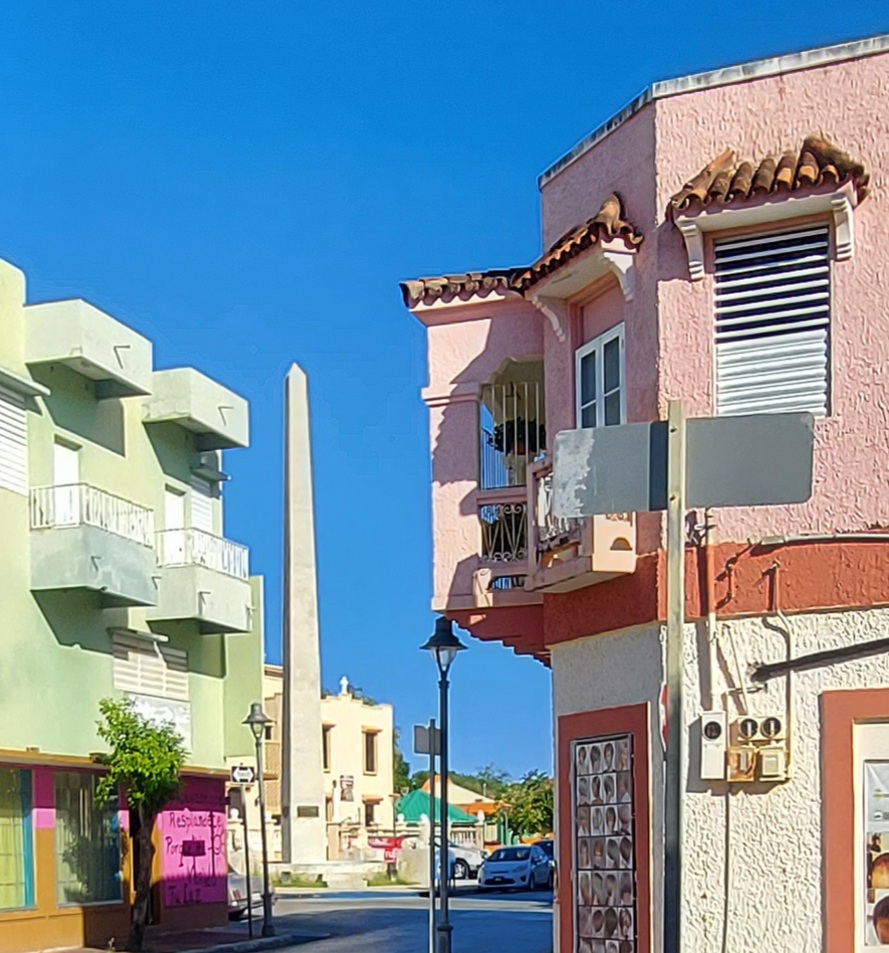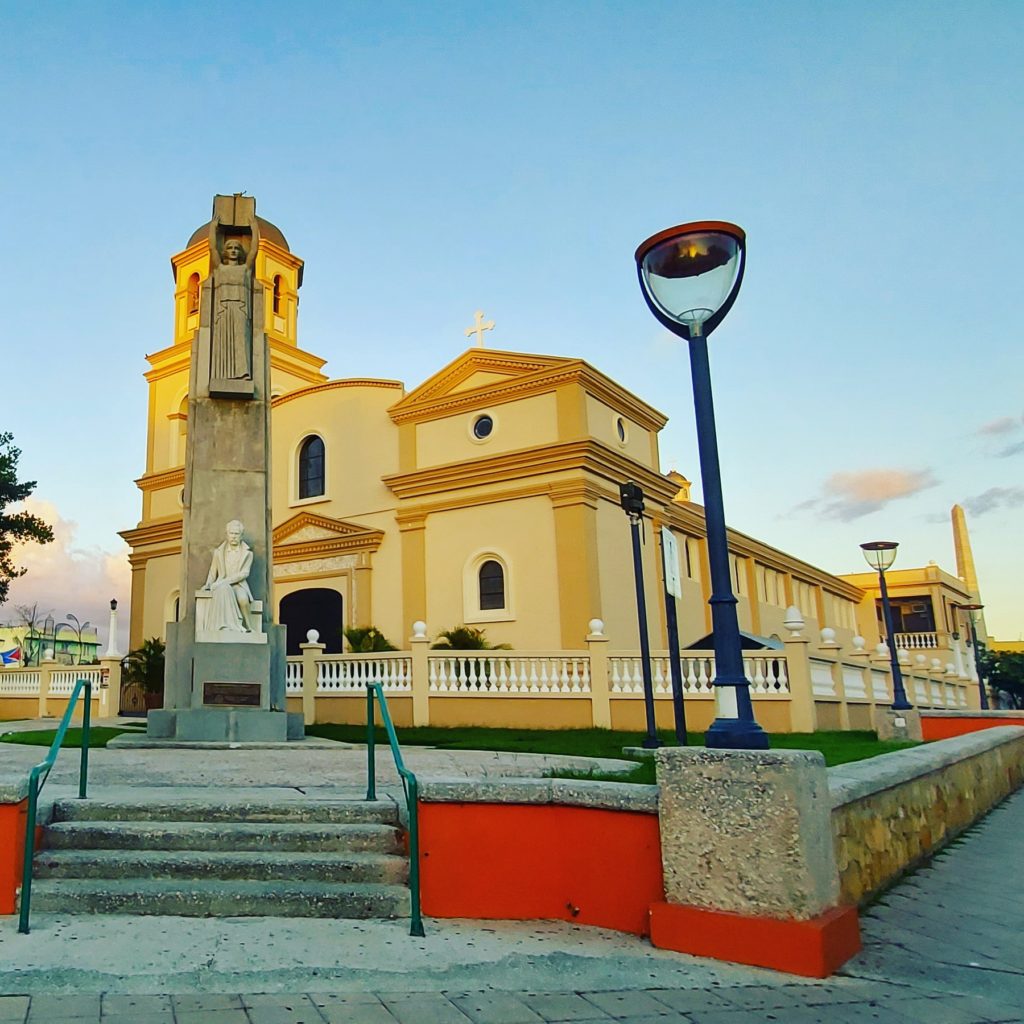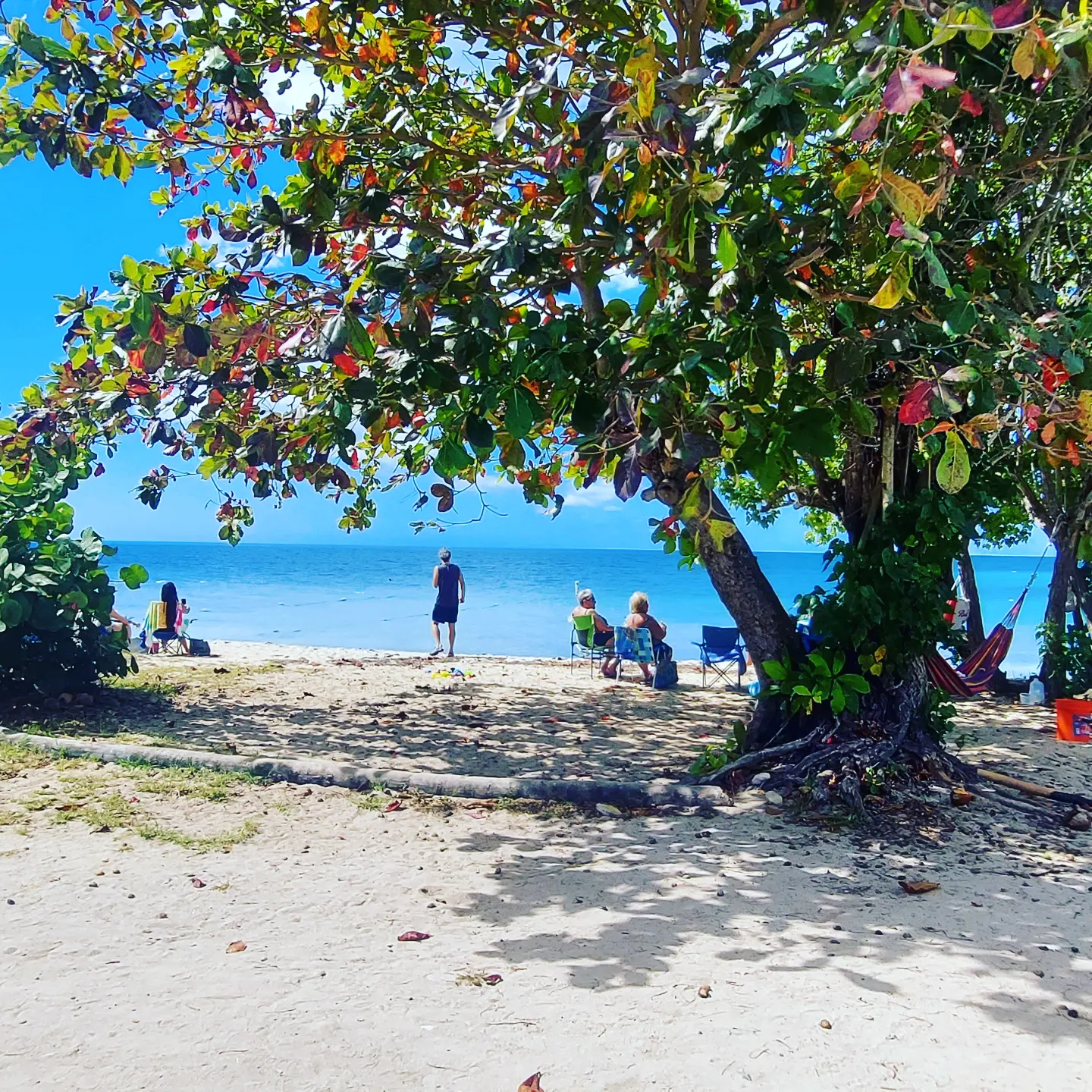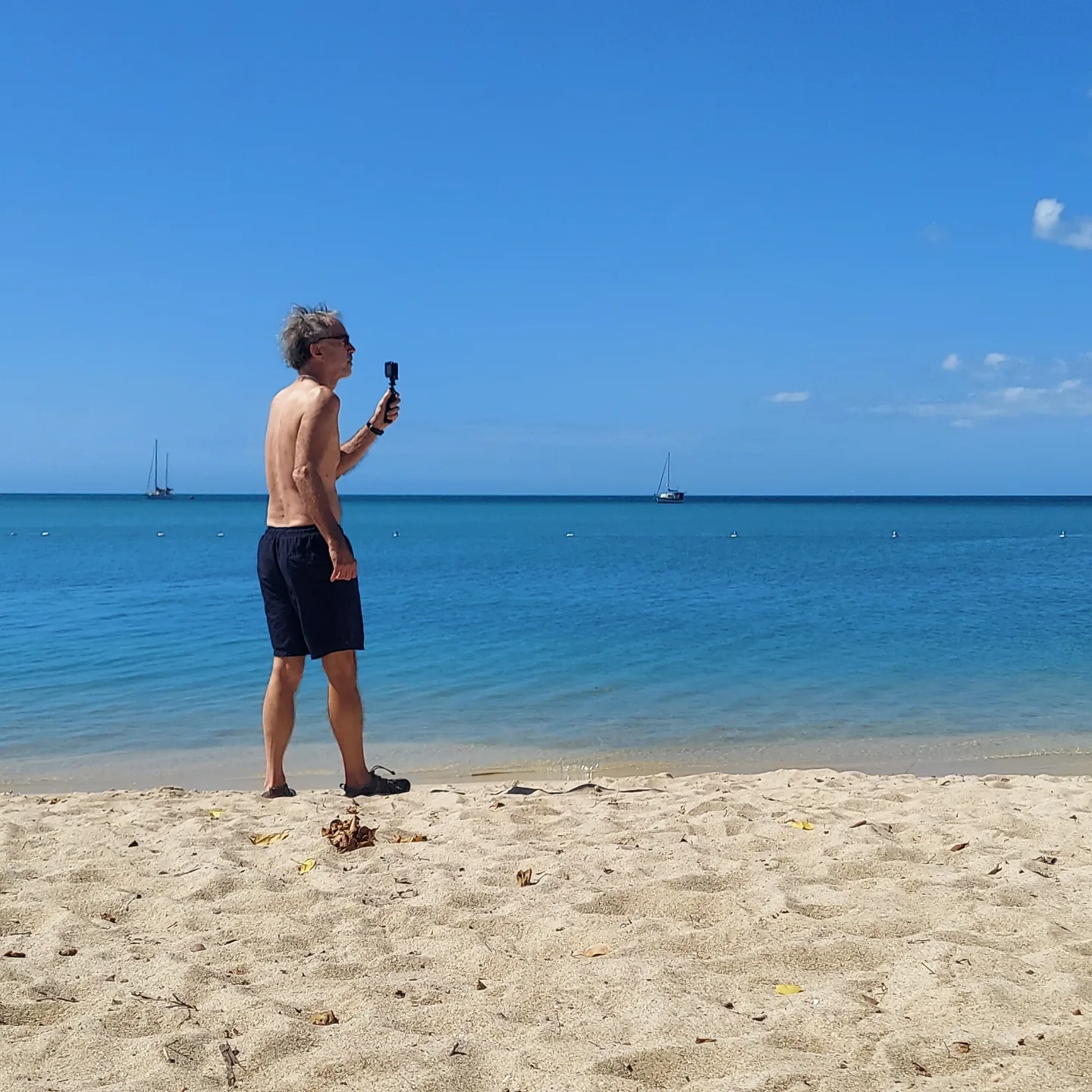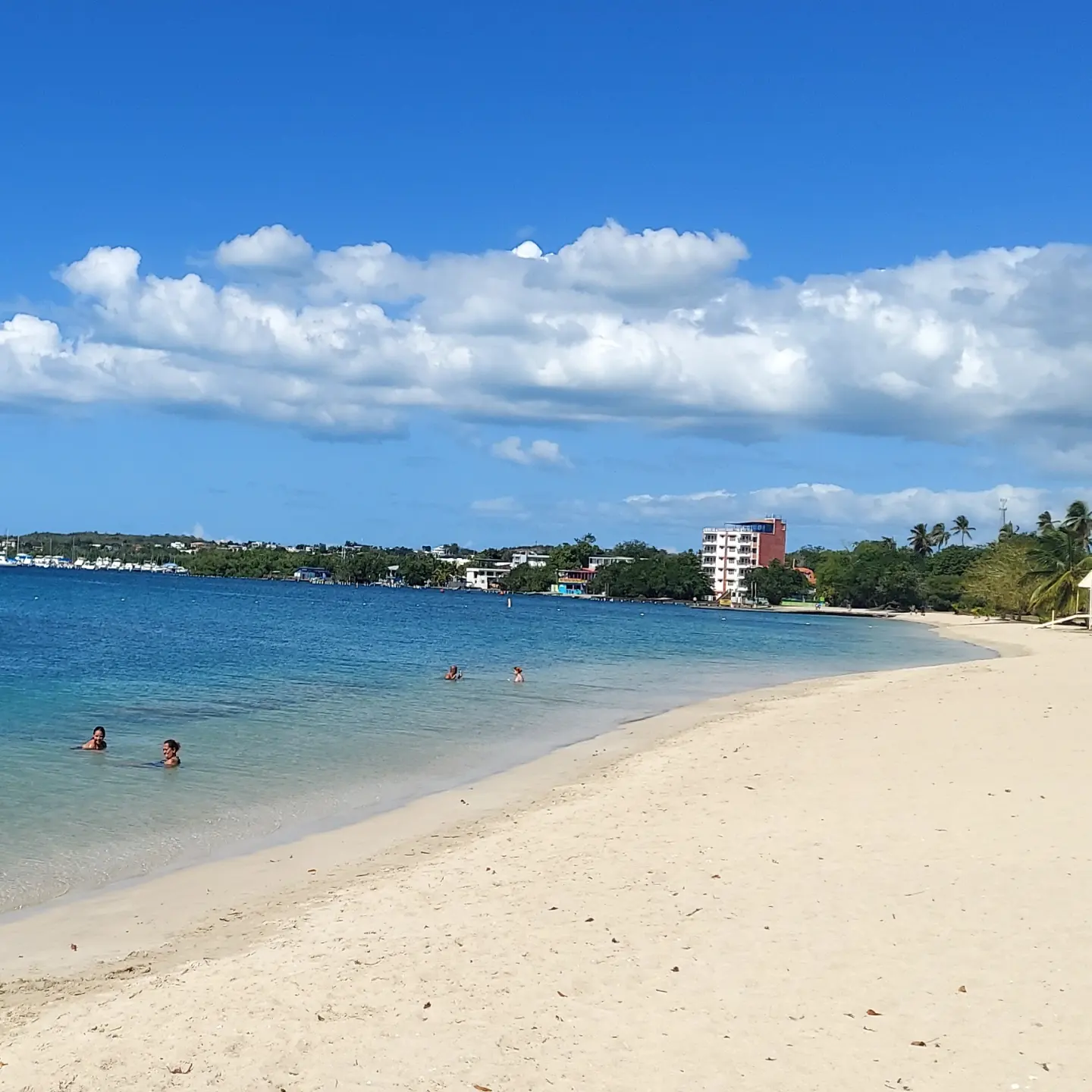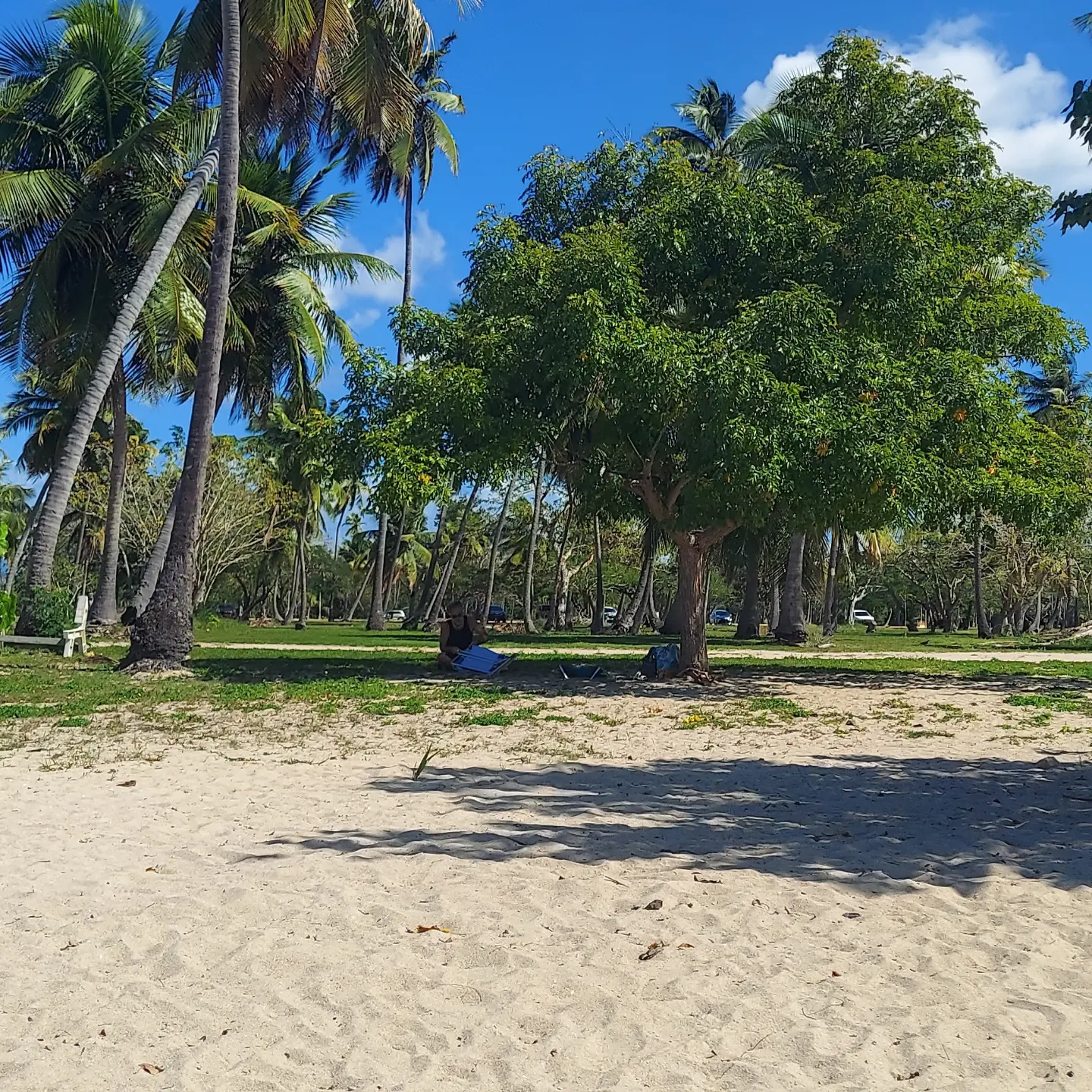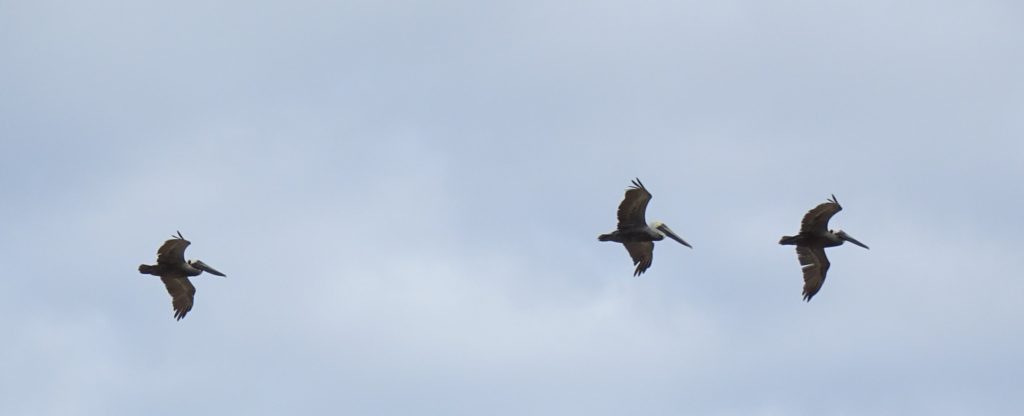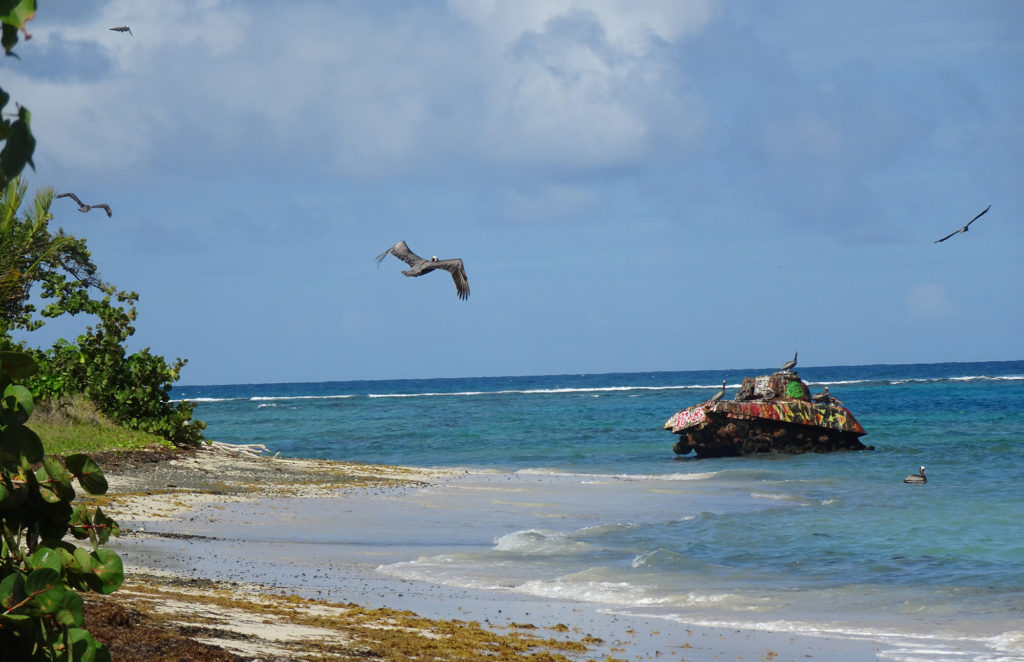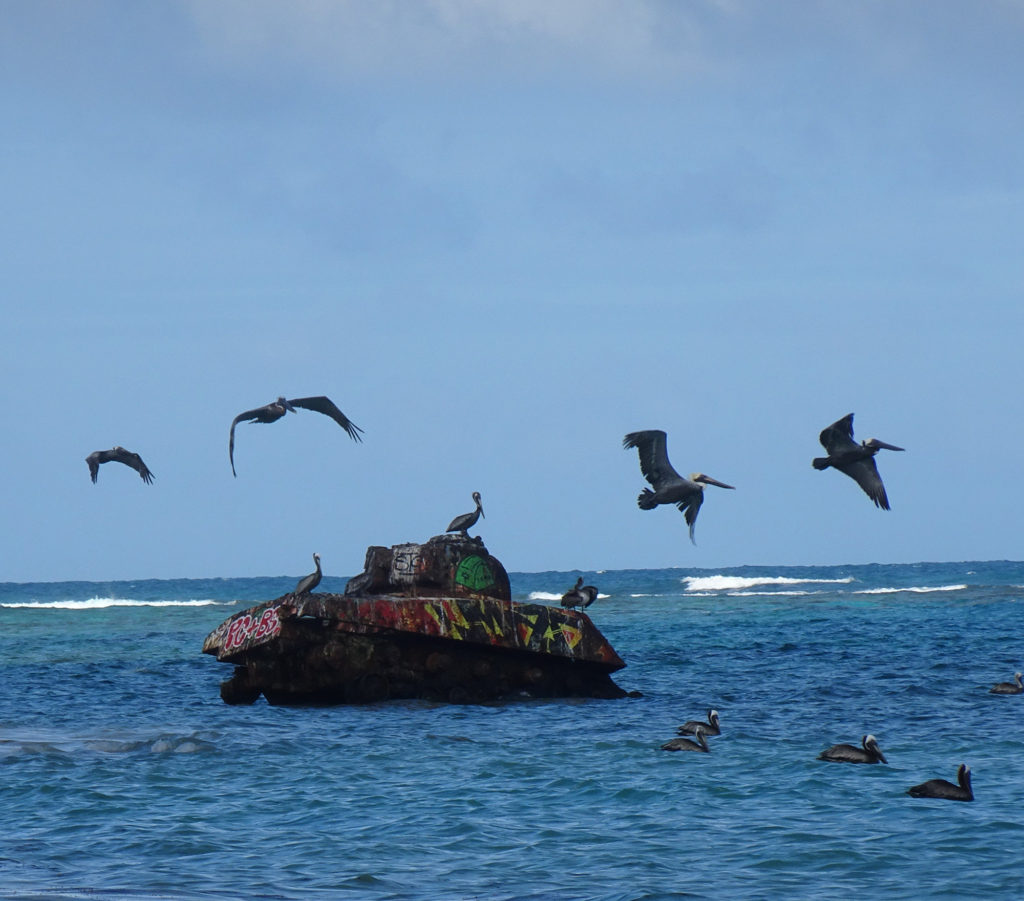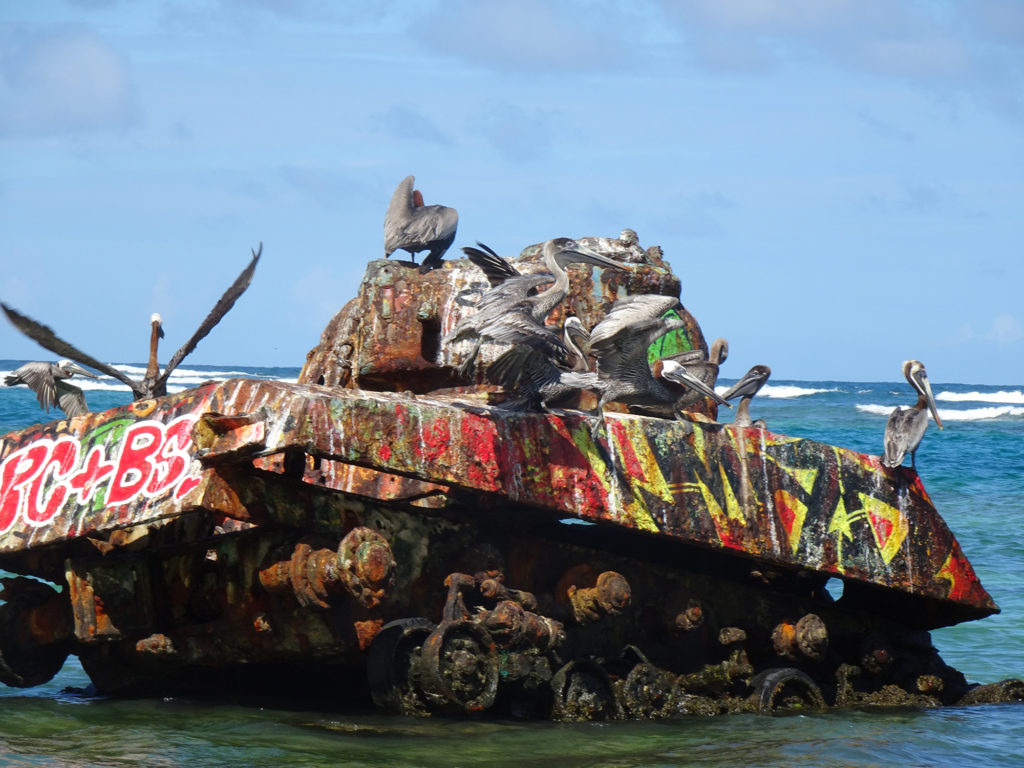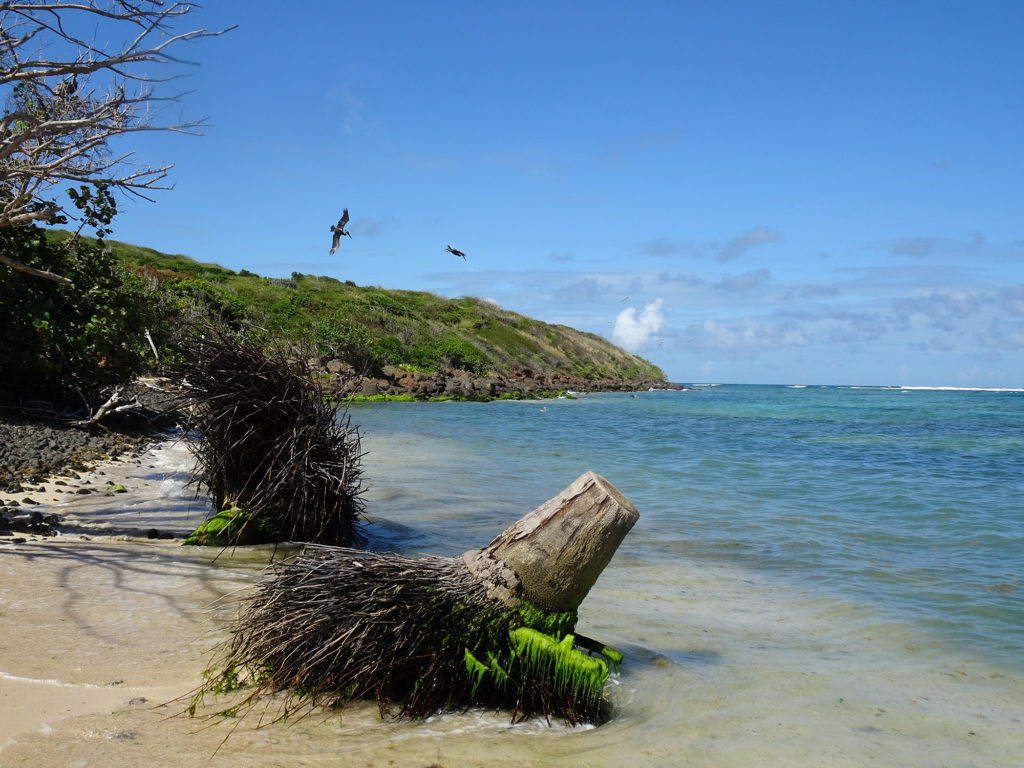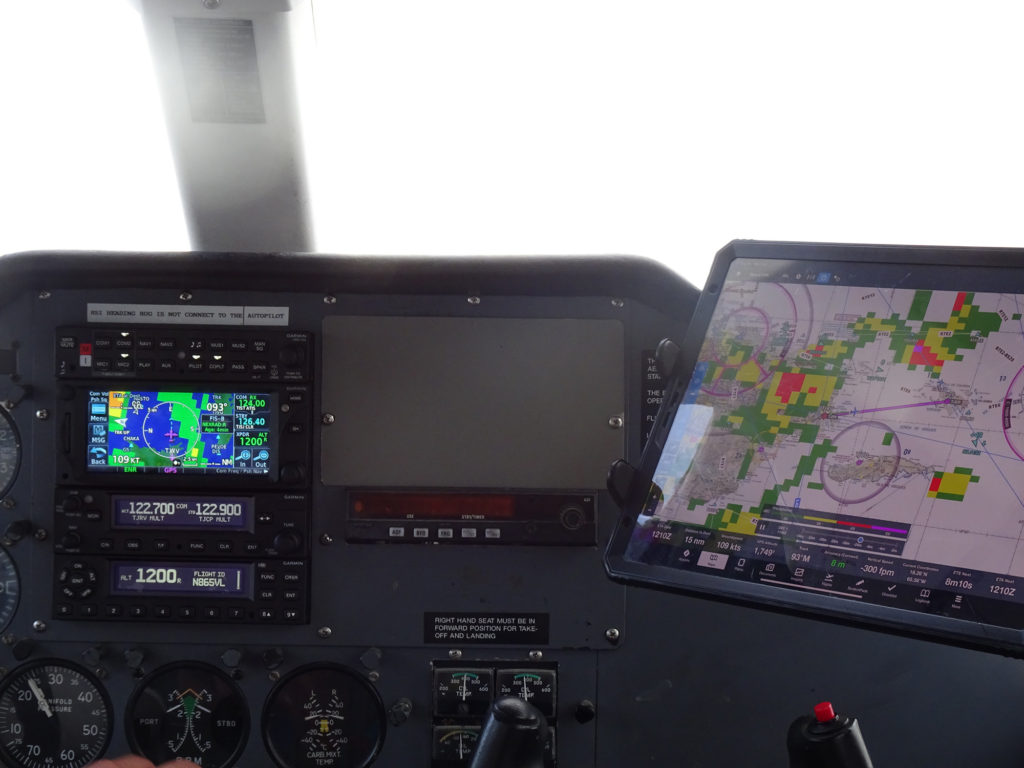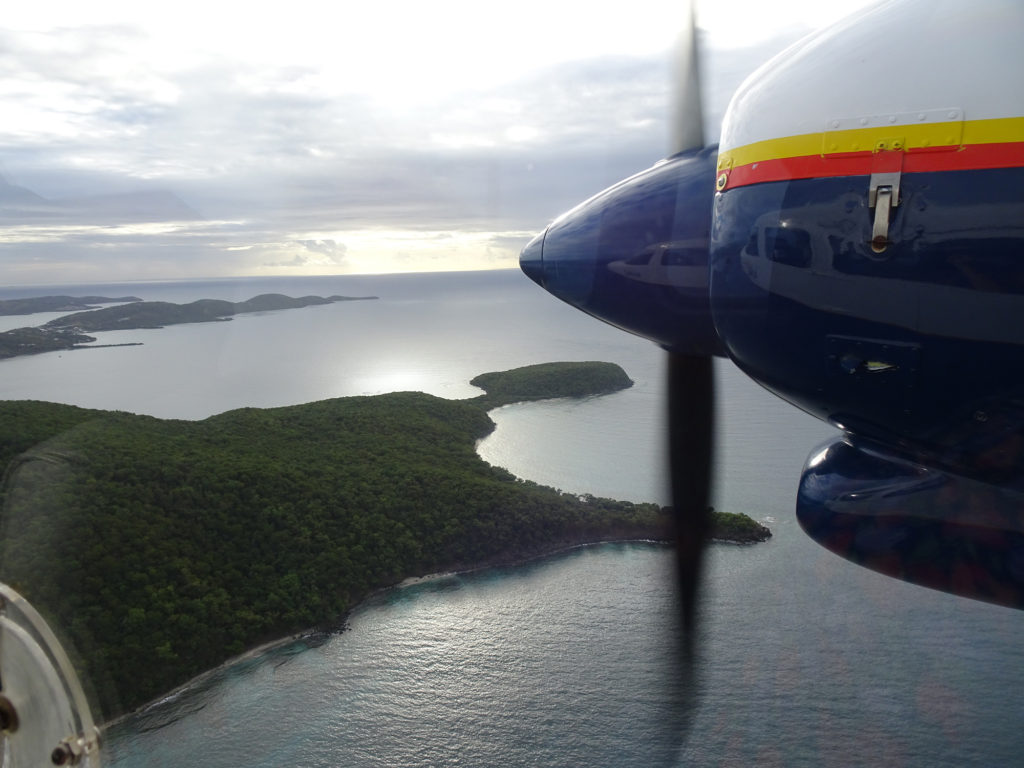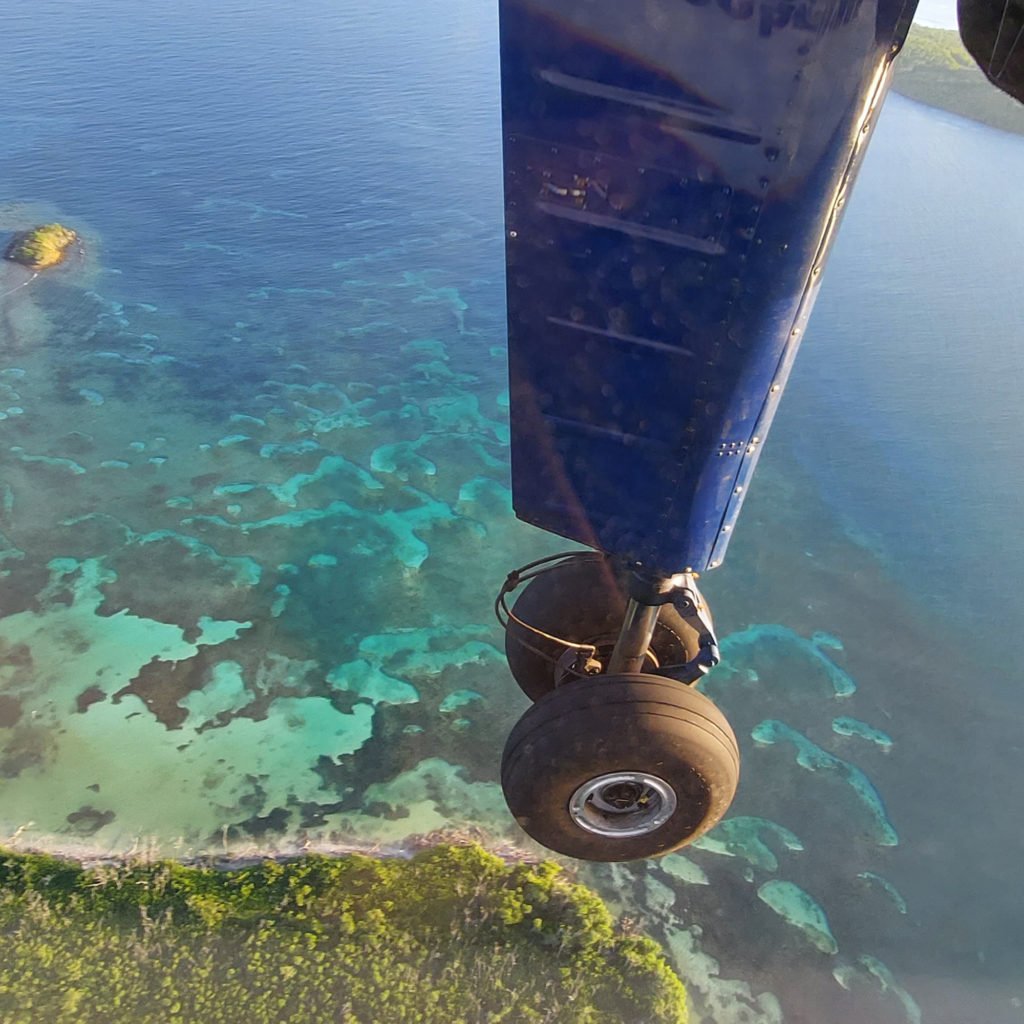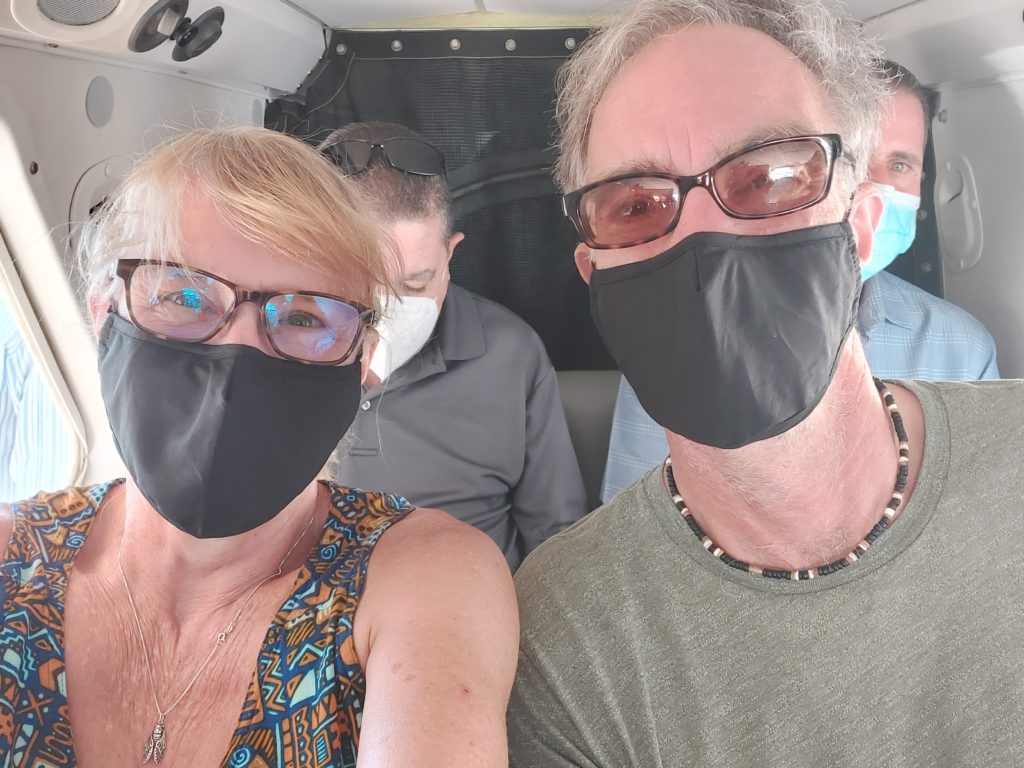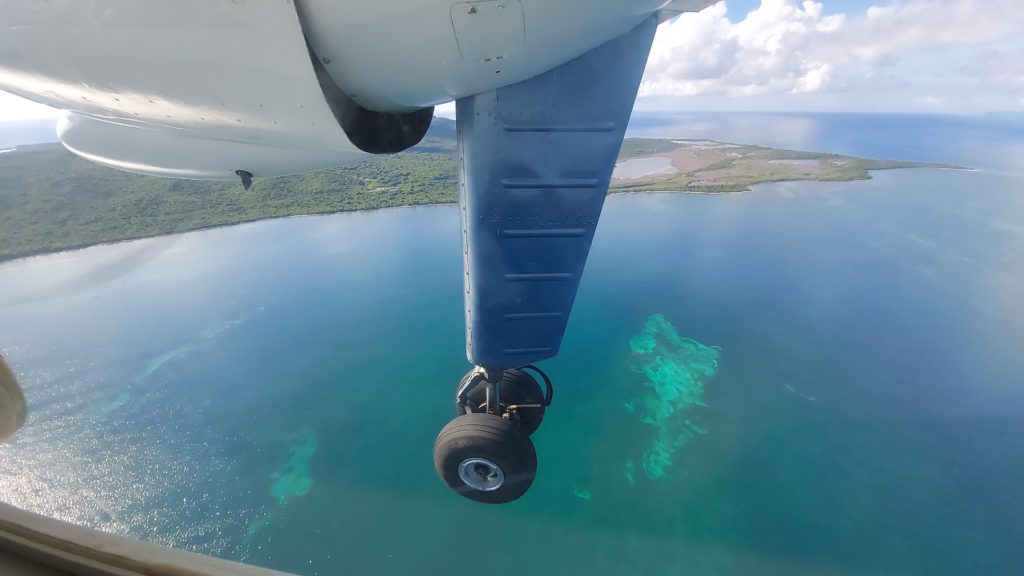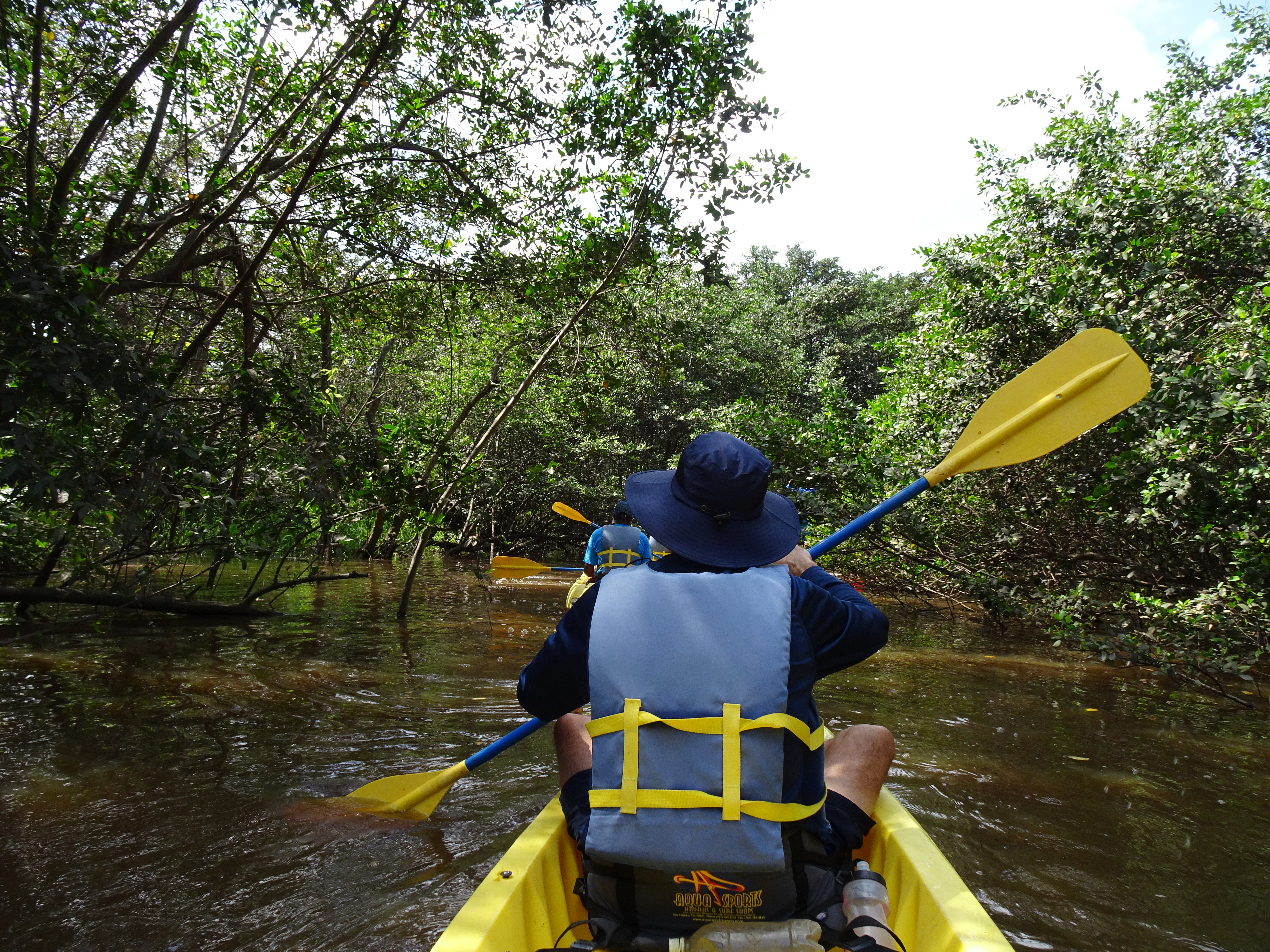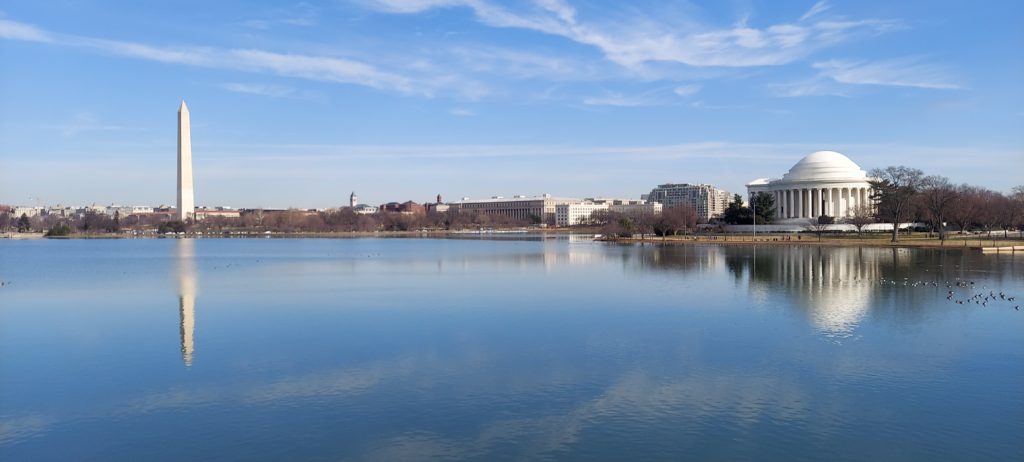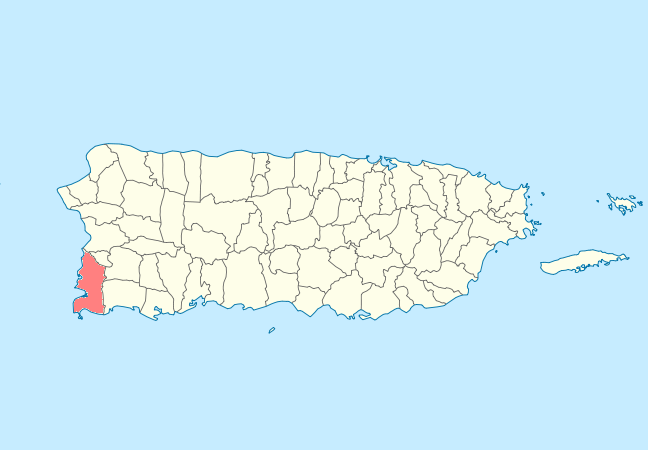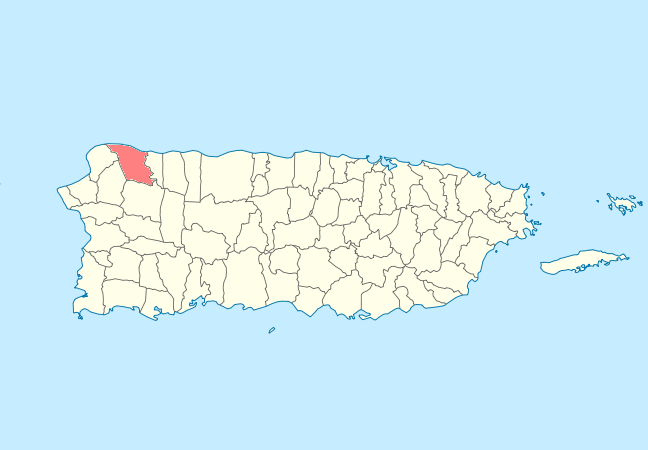Ever wonder where chocolate comes from? It starts its life inside a pod that grows from a plant called cacao on a lush mountainside in a wet forest in the tropics. How do I know? I went there to find out.
We recently visited Finca Hekiti (Finca means “farm”, Hekiti means “one” in the Taino language) for an educational experience in a cacao forest in the Las Marias Mountains west of Mayaguez. In addition to learning the farming practices used on an agro-ecological site to grow and harvest fine-grain cacao, we learn about the importance of agroforestry, permaculture, and nature conservation.
Our tour guide was Ricardo, who purchased these four acres of extremely hilly, lush land with his wife Vivienne in 2014.
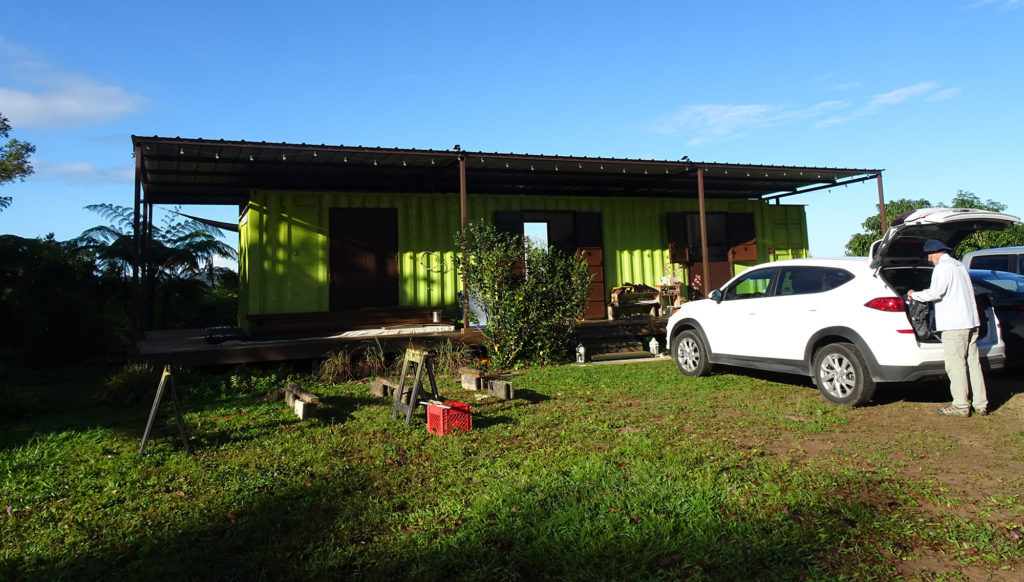
Ricardo, a tall, rangy man with a curly beard, taught us that cacao doesn’t grow in neatly tended rows, like you’ll find on a farm, but as part of a symbiotic forest ecosystem. It nestles among other trees, many of them bearing fruit such as bananas and oranges, and plants that all have their own roles. The cacao tree does need to be pruned and maintained, but there is no irrigation. It gets sun and water at the whim of nature, including enduring a six-to-seven-month-long rainy season every year. Ricardo explained how he uses a process called grafting to improve new plants and make existing ones stronger.
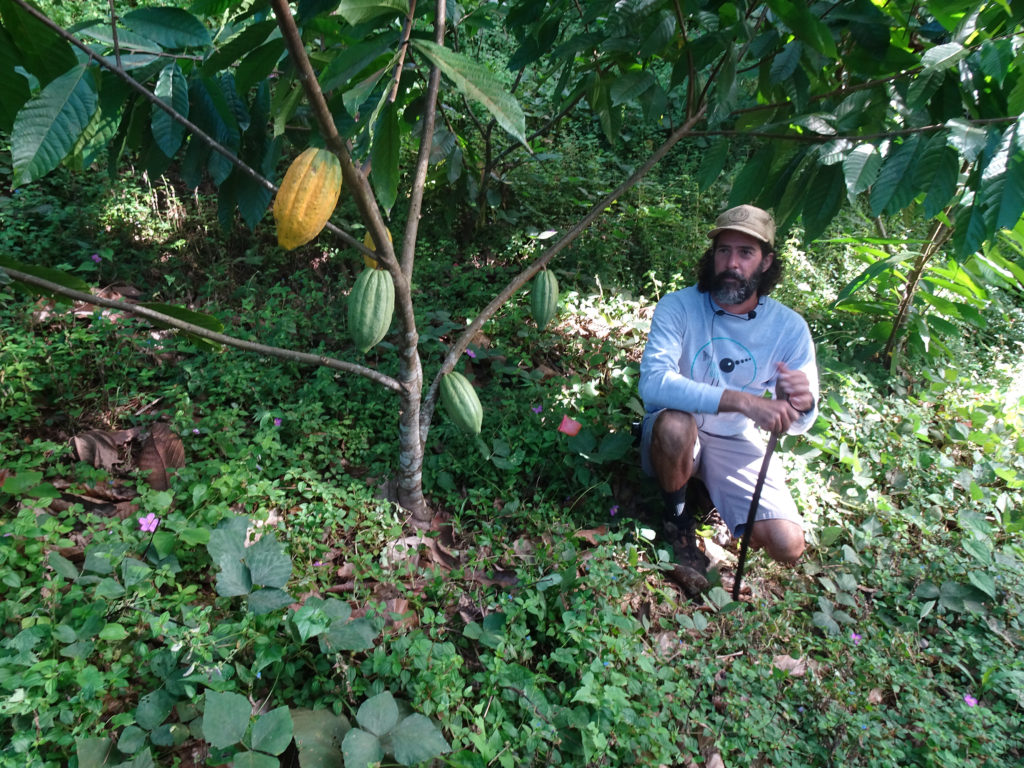
He took us on a half-mile hike around the extremely steep and windy agroforest, stopping frequently to show us medicinal plants and explain their purposes (in addition to letting us smell and taste them). We chewed a plant that numbs the mouth, and one that is used for brushing teeth!
Images of Cacao

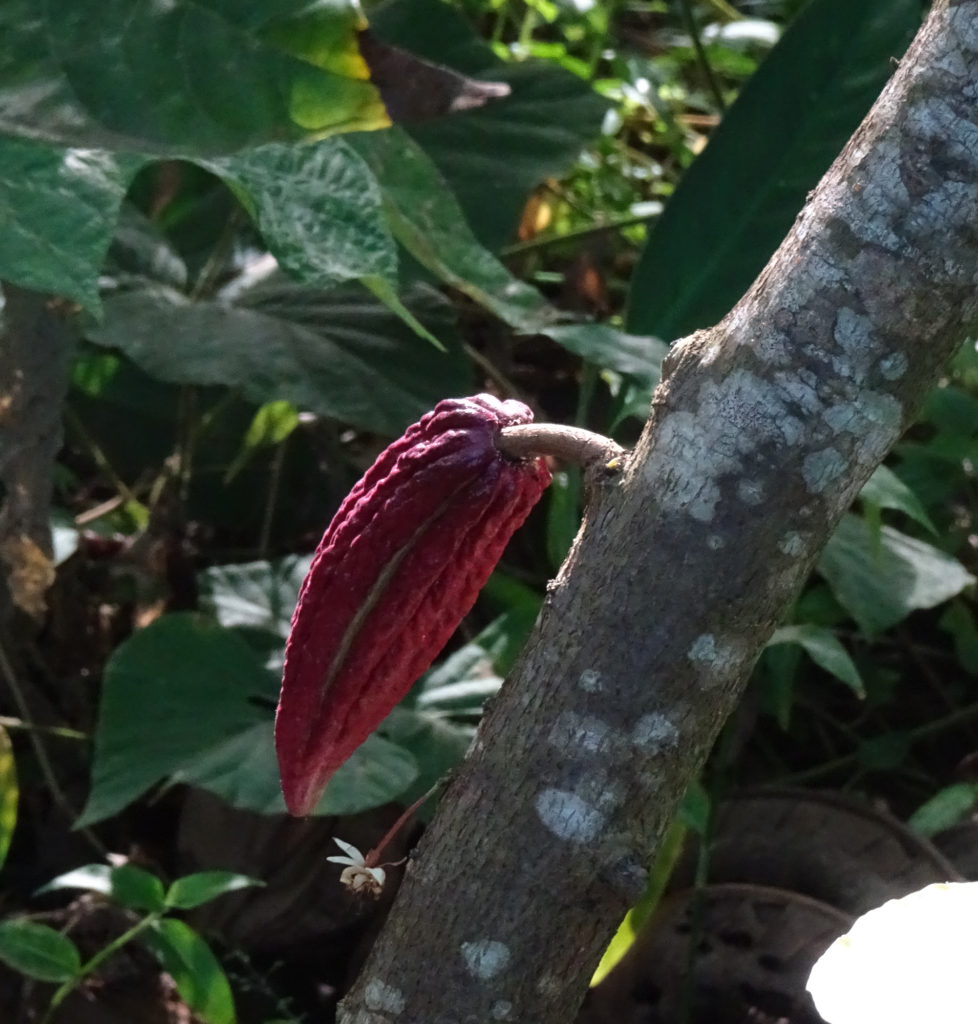

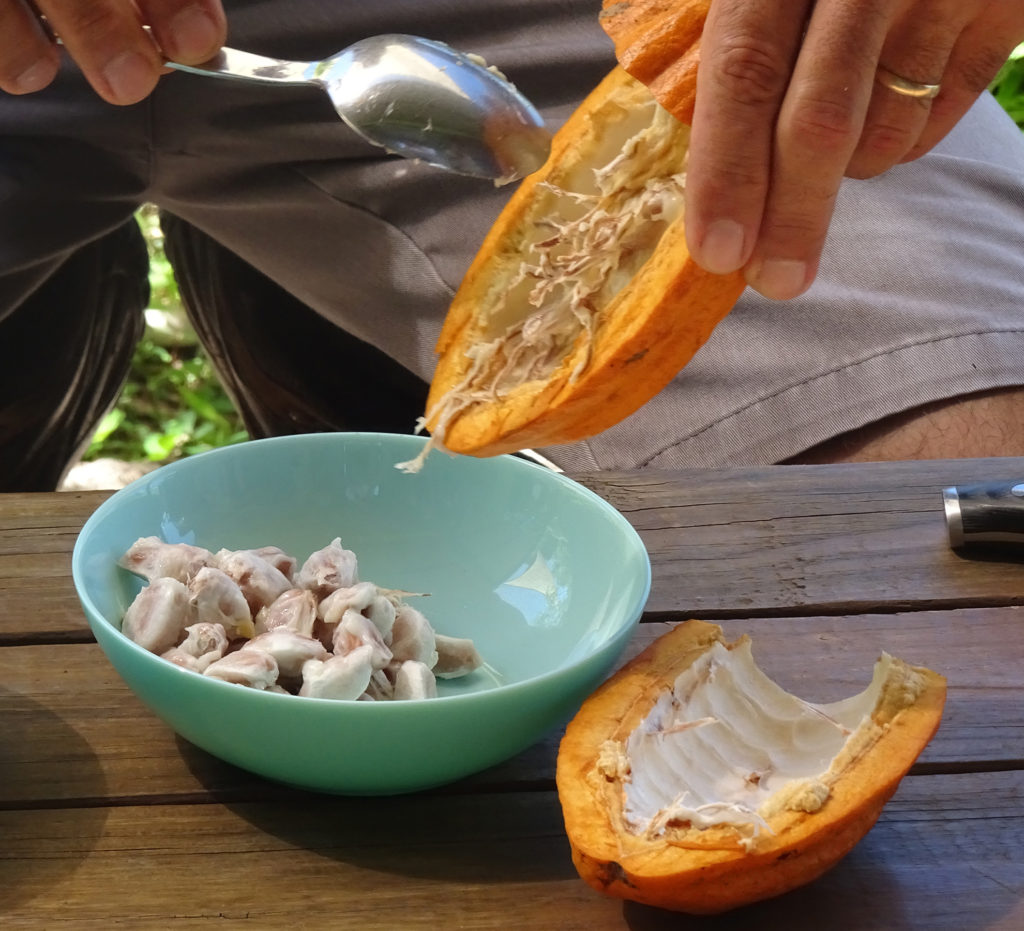
(which tastes like mango)
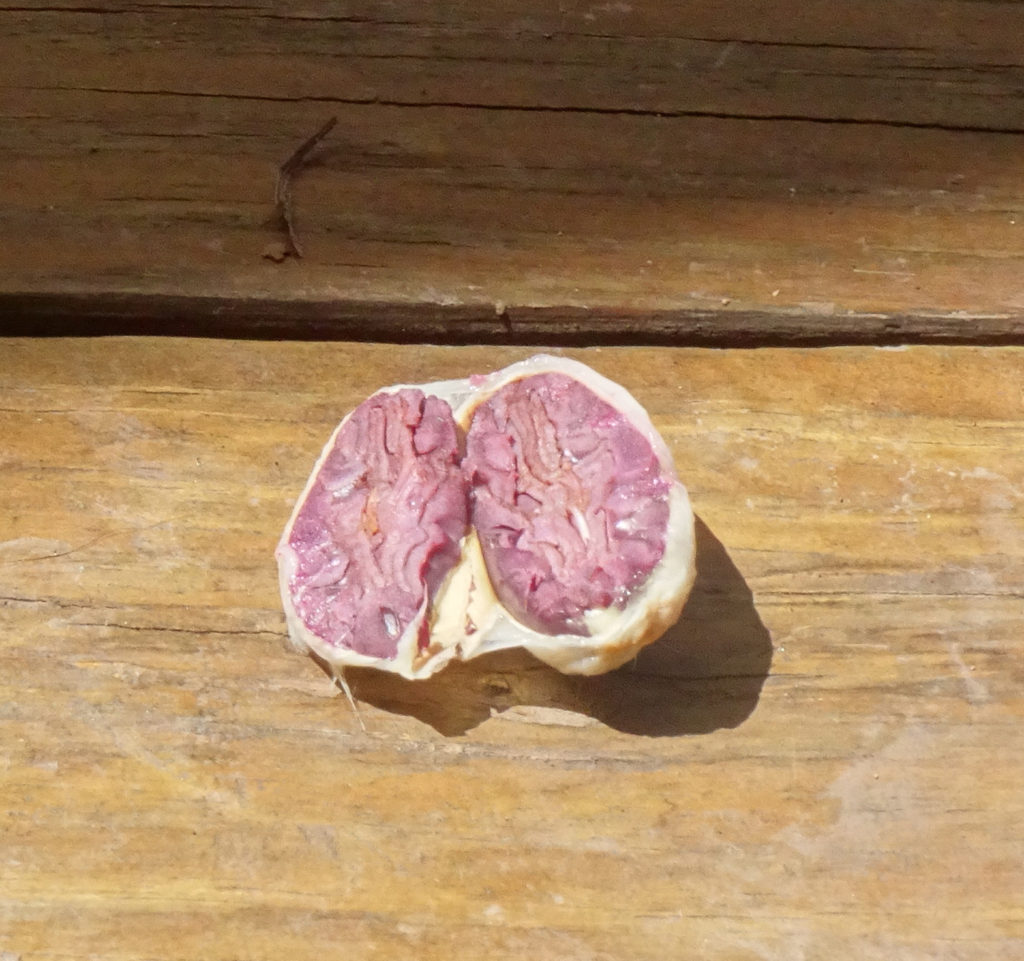

We tasted dark chocolate with hints of cinnamon and cayenne pepper. Delicious!
Finca Hekiti doesn’t process the cacao, so we didn’t get to watch him turn the cacao beans into chocolate. That actually takes a long time, including fermenting, drying, winnowing, roasting, and flavoring. He is planning to produce cocoa nibs, which are small pieces of crushed cacao beans that have abundant health benefits. Learn more here.
If you’re ever in Puerto Rico, you can find this tour through AirbBnB Experiences or on the Finca Hekiti Facebook page. The cost was $25 each, plus tax, quite reasonable for 3 1/2 hours.


